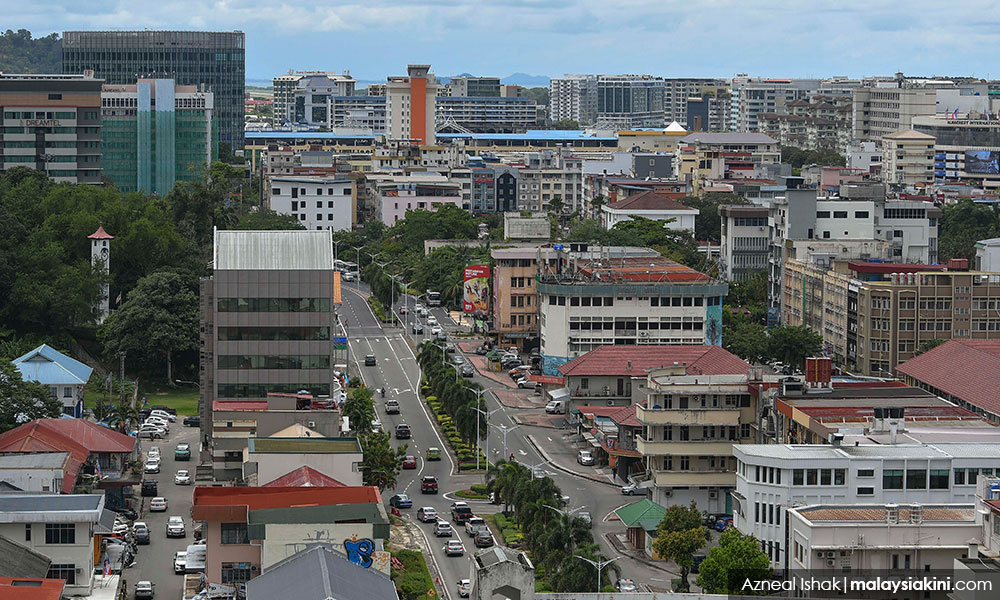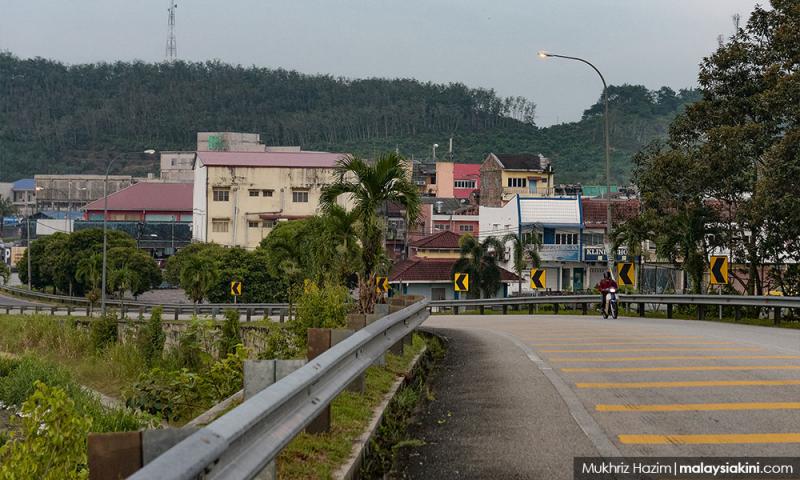LETTER | Countering urbanisation and promoting equitable development
LETTER | The intention of seeking greener pastures has led many hopeful individuals and families moving into city centres, particularly Kuala Lumpur. Through rose-coloured glasses, the pulling factors of these urban areas are attractive indeed – leading to almost 80 percent of Malaysians proudly calling themselves urbanites today.
Keeping in mind that the global urbanisation rate at the moment is only about 50 percent, Malaysia is observing an alarming rapid urbanisation rate.
The process is inevitable as a facilitator to ensure economic growth, especially for developing countries; but at what cost?
Analysing the externalities that came about from rapid unplanned urbanisation in Malaysia; the immature social, infrastructure, and administrative systems is a recipe for disaster especially in the sense of socio-related risks and quality of life degradation - we are very close to approaching the tolerable ceiling of socio-economic well-being.
While it is important for a country to achieve economic prosperity, it should not be at the expense of social welfare.
We are not the first country facing this problem. Plucking precedence from fellow developing Asian countries, it can be observed that China, Korea, Japan, and Singapore share a common trend – when a city reaches its maximum capacity to accommodate its inhabitants, a reverse migration instinctively happens. This phenomenon is called counter-urbanisation.
The term is coined as the diffusion of an urban population to remote high-quality environments. It mainly happens due to the desire of getting away from the pressures of city life, buying houses at a more affordable price, enjoying fresher and less polluted air, joining a closer knitted community, and most of all, increasing their disposal incomes by having a significantly lower cost of living.
Not only does it enable the restoration of urban-rural geographical demographic balance, but it also facilitates rural gentrification. The shift in population from urban areas to the outskirts also take pressures off city infrastructure and administrative systems.
Such population movement has been found to help shake up and create a healthier rural economic landscape. The key to this is by having an influx and flow of money into local businesses.

As such, strategic counter-urbanisation promotion in the form of "exurbanisation" is highly desirable. Middle- and high-income groups migrating from urban areas to the outskirts bringing their disposal incomes helps replenish the local economy with their high purchasing powers.
This in turn forms positive ripples where more rural businesses are able to thrive and grow, while job opportunities and career advancements will be made available – creating a more sustainable economic scene.
However, we still have one big hurdle to tackle. Are our rural areas ready to embrace this movement? This is where the anticipation of receiving gentrifiers in the said areas will put pressure on the government to review and provide public infrastructure, facilities, amenities, and opportunities beyond the basic.
It opens up doors for the marginalised areas to receive the attention they deserve and no longer be denied the prospects for modernisation.
Strategies to reverse the push-pull factors of internal migration need to be given attention in our policies and development frameworks.
Factors that are appealing to urban dwellers should be thoughtfully planned and shifted to our rural areas, e.g. advanced public transportation, injection of digital technology, the introduction of higher-income economies, the transformation of economic structures, as well as improved qualities of education and healthcare facilities should no longer be a requisite allocated just for the urban areas.
Malaysia needs to acknowledge that we have been ‘sleeping’ on our rural areas for far too long. In fact, the habit of calling our outskirts as ‘rural’ should be refrained, so as to not let the term block our minds when planning for the area's development.

Perhaps the shift of mindset from ‘primitive’ and ‘basic’ to ‘advancements’ and ‘modernisation’ should be planted at every governmental level where policy-making and management can be more inclusive and equitable.
An example of this is where rural areas are deemed as ‘complementary’ counterparts of urban areas as described in the National Rural Physical Planning Plan 2030. This should be abolished.
Through the Covid-19 pandemic, a whole lot of opportunities were opened up for remote working arrangements and system digitisation. This highlighted the need for proper advanced infrastructures in place, especially telecommunications.
In conjunction with that, forward-looking strategies such as the creation of hi-tech satellite towns and digital communities to support high-income economies in the outskirts should no longer be a far-fetched idea.
It is high time for related ministries to work together and create an inter-sectoral plan which takes into consideration the multi-faceted elements of urbanisation and counter-urbanisation.
In line with this, policymakers, elected representatives, and city counsellors should start discussions on how to reset this as a priority at all levels of government.
In supporting the process of counter-urbanisation, the priorities of our public service sectors need to be realigned. Adequate resource and revenue allocation by the federal governments, right to the drafting of new key performance indexes by the local councils and municipalities are recommended.
A concerted effort is needed to ensure modernisation, job opportunities, and infrastructure advancements are being brought to areas outside of central districts. With a more demanding electorate, bringing development to a constituency is no longer about providing ‘basic infrastructure and facilities’ to marginalised areas.
It is the duty of the government to its people where the quality of growth should be equitable not only economically per se, but also by human capital gains. Rapid unplanned urbanisation should be taken as an opportunity that Malaysia can capitalise on to reset this.
In line with the Shared Prosperity Vision 2030, the phenomenon of counter-urbanisation opens up an avenue for the government to address the issue of the urban-rural development gap and thus promoting equitable growth across the nation.
NOOR HASHIMAH HASHIM LIM is a researcher with the Institute of Strategic Analysis and Policy Research (Insap).
The views expressed here are those of the author/contributor and do not necessarily represent the views of Malaysiakini.
RM12.50 / month
- Unlimited access to award-winning journalism
- Comment and share your opinions on all our articles
- Gift interesting stories to your friends
- Tax deductable
